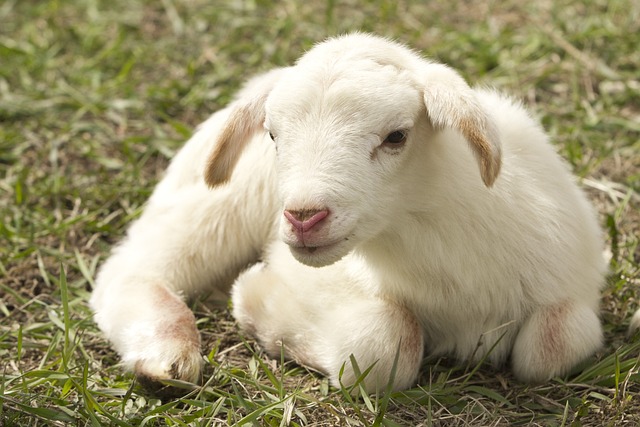
Agricultural concerns often have livestock that forms the foundation of the business plan and represents a significant investment. In cases like this protecting the livestock from predators is absolutely essential. Below find some effective strategies to ensure that livestock is safe – and your investment is protected.
The Value of Guardian Animals
There are several popular choices when it comes to guardian animals including dogs, donkeys, and llamas. Not only are these effective at protecting livestock and alerting you to the presence of predators, but they are also great companion animals – and help the herd deal with the stress that the presence of a predator species causes. This, in turn, can affect the bottom line of the business as less stressed animals gain weight more quickly and are less prone to disease – so that you get two benefits for the price of one – you protect your animals and the bottom line of the agricultural operation
The type of guardian animal that you choose will be heavily influenced by the type of livestock that you are farming – and the type of predators that are present. There are also a number of ‘non-guardian’ species that can help keep livestock safe, even if indirectly. For instance, barn cats help to control the rodent population that might otherwise raid chicken coops for eggs. roosters will loudly protest when danger threatens your coop. A little research will go a long way when you are deciding what sort of animal is best for your unique needs.
The best way to introduce guardian animals to your livestock is to start when the guardian animals are young – and expose them to the herd as soon as possible and keep that contact regular. Take into account that dogs, the most popular type of guardian animal will follow the sleep/wake cycles of the house, while llamas and donkeys will live with the herd and will provide 24/7 protection. This is something that ideally suits their protective nature and combination of extremely keen senses and aggression towards intruders. Avoid the combination of donkeys and dogs – donkeys are aggressive toward dogs that bear similarities to their natural enemies, coyotes, and wolves.
The Importance of the ‘Buddy System’
Letting multiple animals such as sheep and cows graze together can have many benefits. For instance, the large size of cows can be a deterrent for predators that might otherwise target sheep. Herd animals such as cows and sheep tend to ‘bunch’ when faced with danger. Many predators prefer a moving target and the ‘bunching’ behavior can be an effective deterrent to predation.
Investing in Quality Fencing
Predator-proof fencing is not a foolproof solution. Herds tend to wander and fencing may not prevent this. In addition animals such as coyotes are adept at burrowing under predator fencing, going over the top, or even squeezing through small gaps. Birds of prey will attack from above. But. there are other types of fencing that can prove extremely effective at protecting livestock from predators. One of these is mesh-wire electric fencing. Consider also installing a sliding security gate on your property.
This type of electric fencing is relatively low maintenance when compared to other types of electric fencing including single or multi-strand electric fencing solutions. There are also so-called ‘living fencing’ solutions. Shrubs and bushes (some of which have thorns) will protect animals – and are also extremely efficient windbreaks that help prevent soil erosion. An effective solution to predation by birds is to install a web of nylon fishing lines above a coop and to put reflectors in place (an old CD is perfect). Motion-activated lights and alarms will scare away predators and alert you to predatory threats.
Make Some Changes
Some simple changes to the way in which the farm is arranged can make a big difference when deterring predators. For instance, moving pig styes closer to the edge of the property can prevent predation due to the fact that the smell of pigs reminds many predators of the smell of wild boar, the natural adversities of many predators. Changing livestock schedules and moving livestock from field to field randomly also prevents predators from becoming used to schedules, which can help them anticipate where prey will be at any given time.
Become familiar with the patterns that govern the life of the predator – this helps you make real changes to livestock patterns that can lead to a dropoff in predator activity. A good example is the spring and summer seasons when coyotes pup and are actively searching for prey to feed a new generation. Time your livestock births so that they do not coincide with these seasons and will therefore not suffer from extremely high levels of predation.




